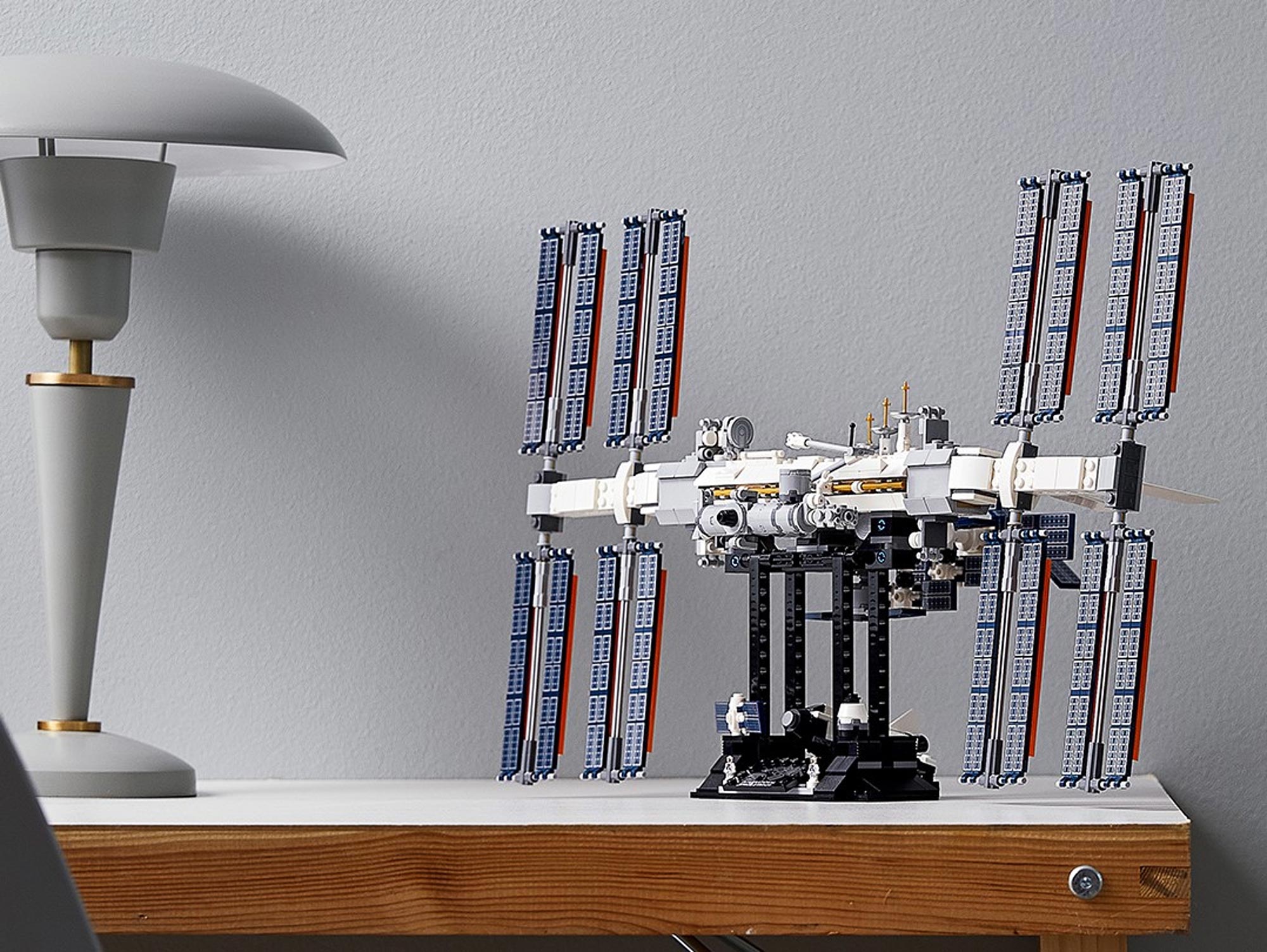
In addition to expanding scientists' knowledge about the solar system's largest planet, Juno's investigations will provide clues about what conditions were like in the early solar system when Jupiter was forming. Juno's color camera will provide close-up images of Jupiter, including the first detailed glimpse of the planet's poles. The solar-powered probe - its three tractor trailer-size solar panels the first to power a spacecraft so far from the sun - will map the planet's gravity and magnetic fields to learn what Jupiter's interior structure is like. Juno's main goal is to understand the origin and evolution of Jupiter. Along that way, we also wanted to commemorate and take a little piece of us to Jupiter," Bolton said of the plaque and LEGO figures on board. "We're carrying all these instruments and of course, our primary goal is to get all this new science data and bring it back to Earth to help us understand how we got here and what's going on, to help us answer our children's questions. "Understanding that we are not the center, in fact there are things going around Jupiter, another planet, certainly affected all of us both technologically as well as philosophically." "The revelations that occurred from that discovery are still with us," Bolton said. Galileo's text included on the plaque reads as follows: "On the 11th it was in this formation - and the star closest to Jupiter was half the size than the other and very close to the other so that during the previous nights all of the three observed stars looked of the same dimension and among them equally afar so that it is evident that around Jupiter there are three moving stars invisible till this time to everyone." "I think it is a great thing help the public understand the contributions that this great discovery during the Italian renaissance brought to our society." they developed this commemorative plaque to honor Galileo," Bolton said. "This came from the Italian Space Agency, who is one of our big partners, probably the largest of the international partners. The plaque also includes - in Galileo's own hand - a passage he made in 1610 of observations of Jupiter, as was archived in the Biblioteca Nazionale Centrale in Florence, Italy. The graphic on the plaque shows a self-portrait of Galileo.

The mini-metal statues are joined on the spacecraft by another "special passenger," one that also pays tribute to Galileo.Ī 2.8-inch by 2-inch (71 mm by 51 mm) plaque also made of flight-grade aluminum is bonded to Juno's propulsion bay with a spacecraft-grade epoxy. "They are all together, right next to each other, being friendly," Bolton said smiling. The three figures are covered for the flight under thermal blankets, like much of the spacecraft. They have gone through all the testing to make sure that they fit on our spacecraft in a way that is like our other science instruments." "They are made out of a special space-grade aluminum. "They are basically the size of the normal LEGO figures which you will see, but they are made out of aluminum, very special aluminum and they have been prepared in a very special way," Bolton said. The trio resemble the typical small toys that LEGO sells, but are made out of metal.

The minifigure Galileo has his telescope with him for the journey to Jupiter. He was the first to point a telescope at the sky to make astronomical observations and discovered the four largest satellites of Jupiter - named the Galilean moons in his honor. The third LEGO crew member, Galileo Galilei, made several important discoveries about Jupiter. The LEGO Juno holds a magnifying glass "to signify her search for the truth," while her husband holds a lightning bolt. The Juno spacecraft will also look beneath the clouds to help NASA understand the planet's structure and history.

From Mount Olympus, Juno was able to peer through the clouds and reveal Jupiter's true nature. In Greek and Roman mythology, Jupiter (who was the equivalent of "Zeus" to the Greeks) drew a veil of clouds around himself to hide his mischief. and also the contributions that Galileo made," Bolton said. This will also help them understand both the mythological studies that went on. "We hope that that will increase awareness of children about the space program and get them interested.


 0 kommentar(er)
0 kommentar(er)
